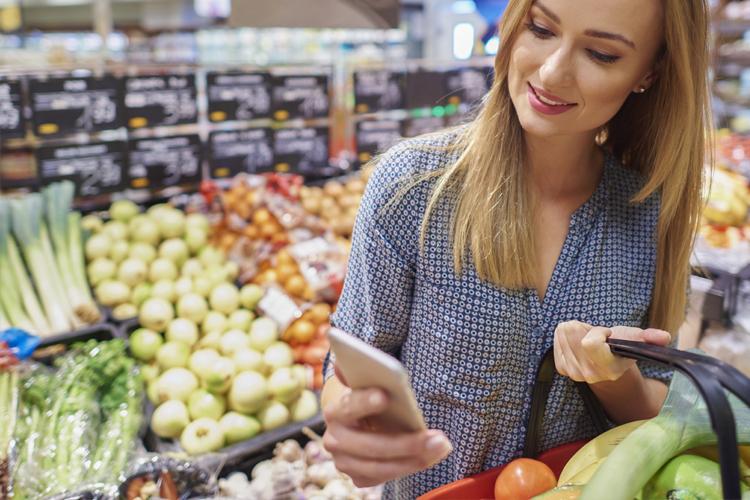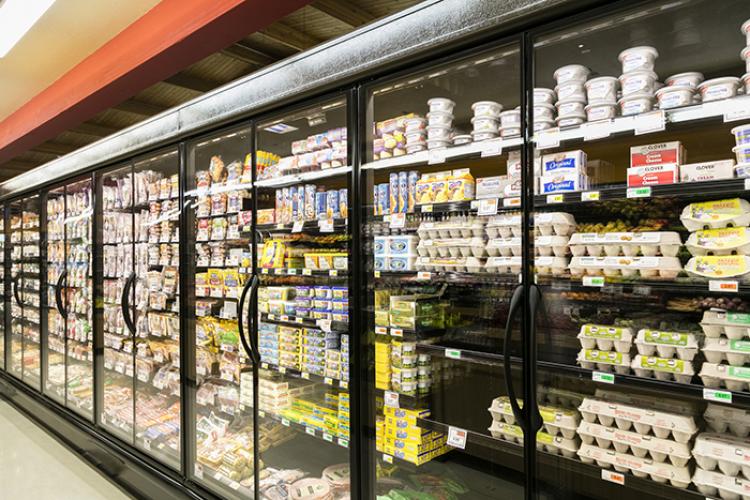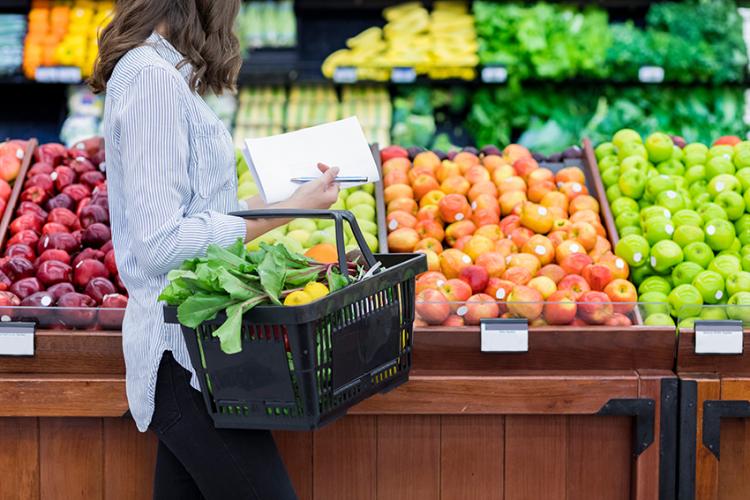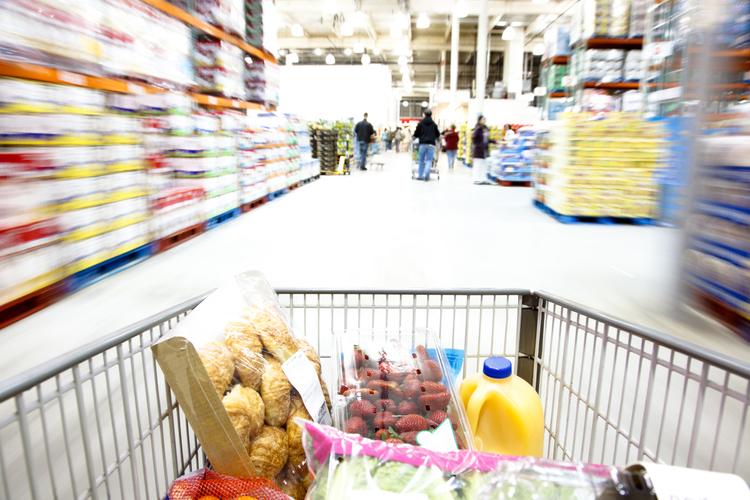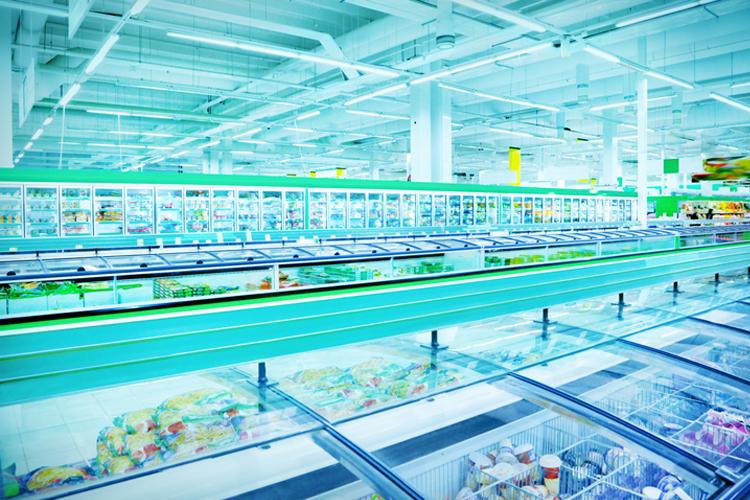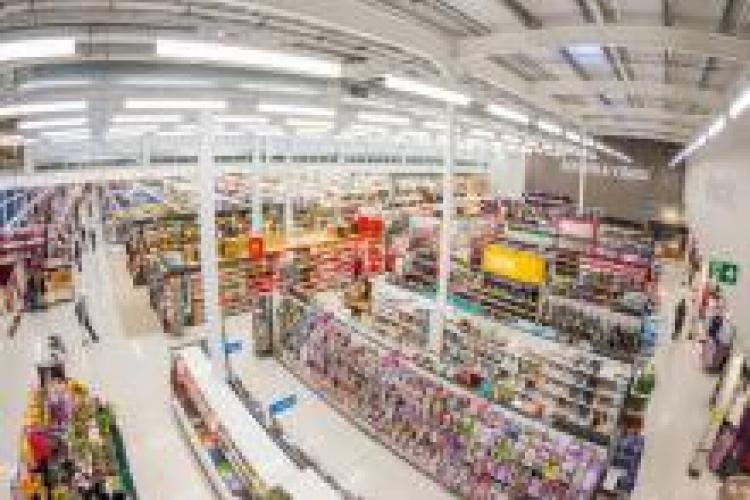Is Your Store Design Smart? How Updating Your Store Design Can Enhance the Guest Experience
Is Your Store Design Smart? How Updating Your Store Design Can Enhance the Guest Experience
This article originally appeared as a sponsored post on Grocery Business
As supermarket operators seek to defend against the increasing threat of online grocery and meal delivery, offering a rewarding in-store experience for shoppers has never been more important.
Smart store design that showcases fresh meat, produce, prepared foods and other points of differentiation can help engage shoppers and drive store visits.
Increasingly, technology is playing an important role in the in-store experience as well, as smartphone-connected consumers are using their devices in a variety of ways to assist them in their shopping journeys. More than half of shoppers (58%) use their smartphones to research products and product information while inside stores, according to research from Deloitte Consulting, and 54% conduct price checks and comparisons. Those trends are even more prevalent among younger consumers.
Other in-store uses of smartphones include accessing digital coupons (40%), accessing specific retailer mobile apps (33%) and scanning QR codes (22%).
Using loyalty-program databases and other sources, many retailers are embracing consumers’ mobile connectivity as an avenue for connecting with their shoppers. They are experimenting with such technologies as location-based targeting, personalized mobile coupons and services that enhance convenience, such as frictionless checkout and self-checkout via mobile devices. Retailers like Publix, Whole Foods and others have begun testing frictionless checkout, and other new technologies allow customers to make selections and walk out the door, with costs being charged to an account tied to a loyalty program. This is a major change to store design and customer interactions, and involves video technology among other things.
Beyond mobile tech, automated kiosks can enhance the consumer experience and drive sales, offering store navigation, recipe solutions and product recommendations, for example.
Additionally, several food retailers have begun testing robots, which can roam the aisles gathering data on shelf conditions, and in some cases, can provide service to customers by responding to queries. These automated robots not only help reduce labor costs, but enrich the analytic capabilities of retailers as well.
Using robots, stores are able to better manage inventory and improve stock position, which is a $1.75T problem for retail, and is becoming more and more critical as stores are becoming fulfillment centers for delivery and pickup.
Technology in retail store design
Savvy retailers are also leveraging technology into their physical store designs to enhance the in-store experience in several ways. Lighting is one example. As more and more retailers adopt LED lighting solutions, they are improving their merchandising presentations while also reaping the benefits of lowering operating costs. Strategic deployment of LED accent lighting calls attention to product displays and enhances their appeal, while ambient lighting solutions can elevate the overall environment.
Lighting has also become an “intelligent” technology—it has evolved beyond simply providing illumination to include sensors and connectivity to optimize brightness and minimize energy costs.
Solutions that allow centralized monitoring of lighting systems, HVAC and other utilities across a store network are also available, helping ensure that maintenance needs are addressed while facilitating the monitoring of energy use at the store level.
Monitors connected through LED lighting systems can also help keep tabs on store traffic and product availability, alerting management in real time about such issues as out-of-stocks or the need for additional service in certain areas of the store. And at a time when consumers increasingly expect the companies they do business with to embrace corporate responsibility, energy-efficient lighting can help reduce a company’s carbon footprint and quantify the results.
Similarly, refrigeration technologies that work to reduce energy use can help food retailers on their mission to become more environmentally friendly. Lighting and temperature controls further enhance refrigeration equipment efficiency, and help drive sales and reduce product waste by maintaining optimal storage and display conditions.
By tapping into consumer desires for a more streamlined in-store experience as well as their attitudes toward environmentally friendly practices, retailers who embrace smart store design have the opportunity to remain competitive with online grocery and more.
Contact Current to learn more about smart retail stores.
As supermarket operators seek to defend against the increasing threat of online grocery and meal delivery, offering a rewarding in-store experience for shoppers has never been more important.
 Smart store design that showcases fresh meat, produce, prepared foods and other points of differentiation can help engage shoppers and drive store visits.
Smart store design that showcases fresh meat, produce, prepared foods and other points of differentiation can help engage shoppers and drive store visits.


